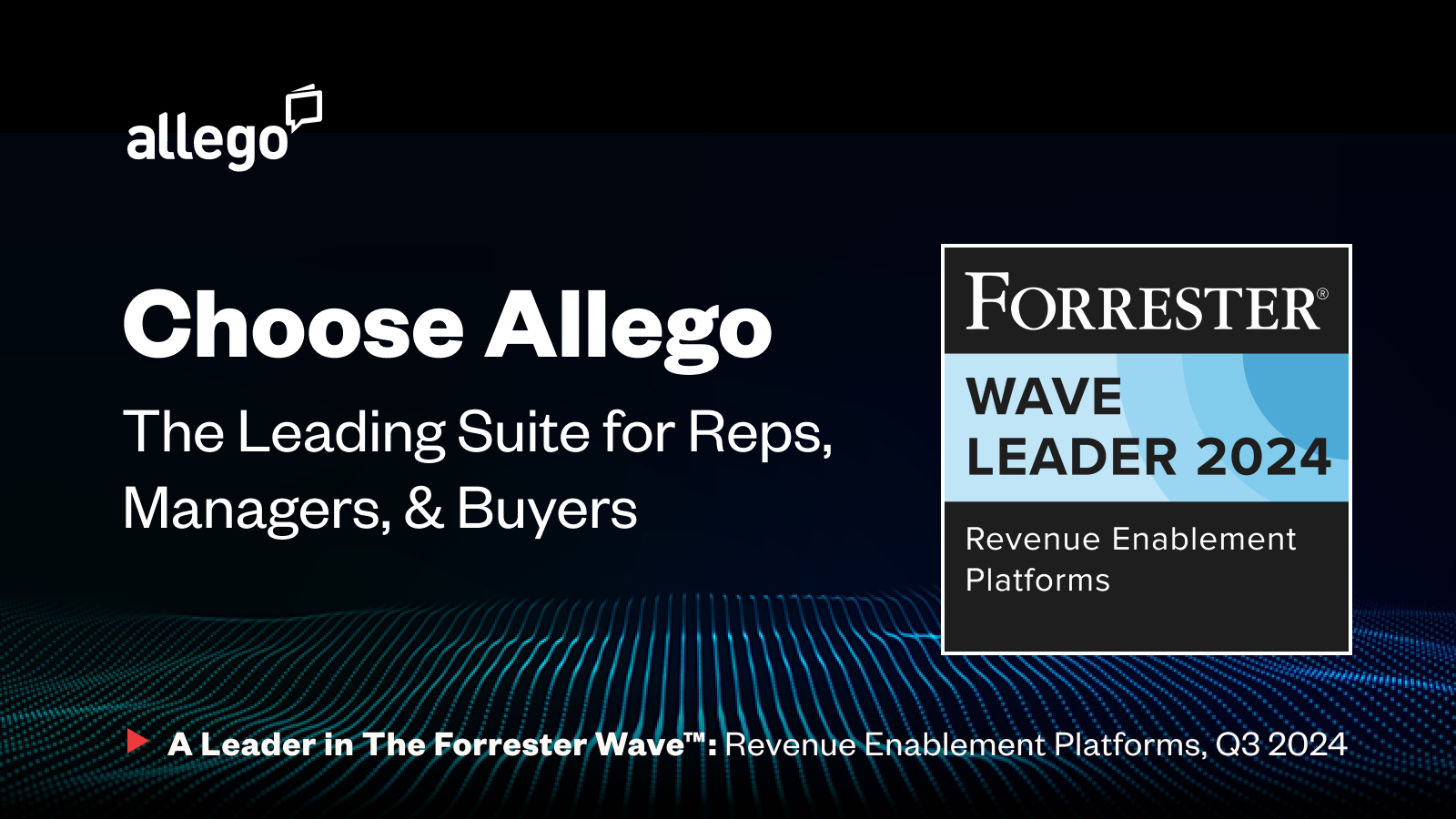Picture this: You’re CRO of a fast-growing medical device company whose first product has just been approved by the FDA. You’ve been named one of Inc. Magazine’s Top 25 Most Innovative Businesses. Your new device will help millions of patients. You’re ecstatic!
But wait a minute. You didn’t expect approval this quickly and only have a small team ready to take the product to market. The demand for your solution will rapidly outstrip the capacity of your sales force. You’ve got to hire and train new talent—quickly—and you haven’t put a formal onboarding process in place.
Or picture this: You’re VP of Sales at a large software provider with a multinational sales force spread across five continents. You need a way to train hundreds of remote employees and improve collaboration among geographically distributed reps, some of whom speak English as a second language.
In the past, you’ve relied on infrequent (and expensive) in-person sessions, but you’re not sure these are effective. Your sellers don’t have a way to reinforce what they’ve learned and you don’t have a way for ‘A’ players to share what works with the middle of the pack.




